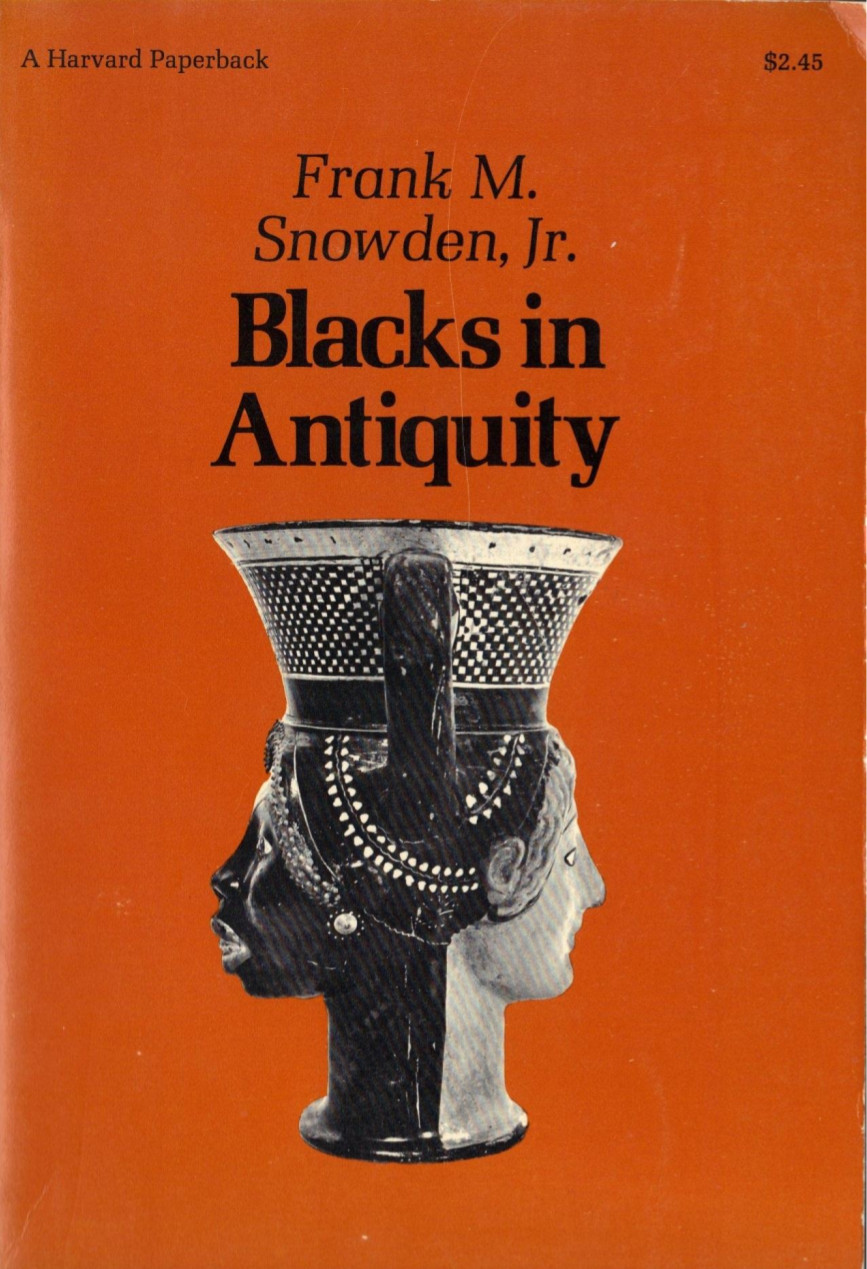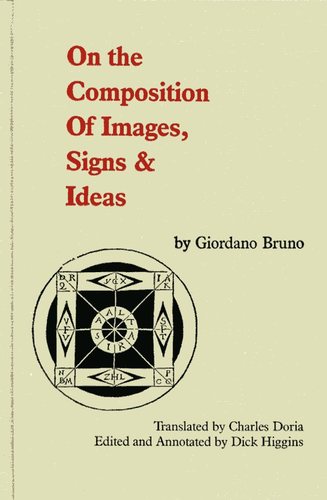Alice Oswald: Memorial: A Version of Homer’s Iliad (2011–)
Filed under book, fiction | Tags: · antiquity, classics, mythology, poetry, war

“In this daring new work, the poet Alice Oswald strips away the narrative of the Iliad—the anger of Achilles, the story of Helen—in favor of attending to its atmospheres: the extended similes that bring so much of the natural order into the poem and the corresponding litany of the war-dead, most of whom are little more than names but each of whom lives and dies unforgettably and unforgotten in the copious retrospect of Homer’s glance. The resulting poem is a war memorial and a profoundly responsive work that gives new voice to Homer’s level-voiced version of the world. Through a mix of narrative and musical repetition, the sequence becomes a meditation on the loss of human life.”
First published as Memorial: An Excavation of the Iliad, Faber and Faber, 2011
With an Afterword by Eavan Boland
Publisher W. W. Norton, 2012
ISBN 9780393088670
90 pages
Alice Oswald reads an extract from Memorial (video, 3 min)
Interview (Max Porter, White Review, 2014)
Reviews: Kellaway (Observer, 2011), Womack (Telegraph, 2011), Economist (2011), Logan (New York Times, 2012), Guriel (PN Review, 2012), King (Make, 2012), Stopa-Hunt (Oxonian Review, 2012), Spears (Rumpus, 2014).
Commentaries: Harrop (New Voices in Classical Reception Studies, 2013), Farrier (Environmental Humanities, 2014).
Publisher (Faber)
Publisher (Norton)
WorldCat
EPUB (updated on 2019-10-11)
Comment (0)Frank M. Snowden, Jr.: Blacks in Antiquity (1970)
Filed under book | Tags: · antiquity, art, body, history, military, mythology, race

“The Africans who came to ancient Greece and Italy participated in an important chapter of classical history. Although evidence indicated that the alien dark- and black-skinned people were of varied tribal and geographic origins, the Greeks and Romans classified many of them as Ethiopians. In an effort to determine the role of black people in ancient civilization, Frank M. Snowden examines a broad span of Greco-Roman experience—from the Homeric era to the age of Justinian—focusing his attention on the Ethiopians as they were known to the Greeks and Romans. The author dispels unwarranted generalizations about the Ethiopians, contending that classical references to them were neither glorifications of a mysterious people nor caricatures of rare creatures.
Mr. Snowden has probed literary, epigraphical, papyrological, numismatic, and archaeological sources and has considered modern anthropological and sociological findings on pertinent racial and intercultural problems. He has drawn directly upon the widely scattered literary evidence of classical and early Christian writers and has synthesized extensive and diverse material. Along with invaluable reference notes, Mr. Snowden has included over 140 illustrations which depict the Negro as the Greeks and Romans conceived of him in mythology and religion and observed him in a number of occupations—as servant, diplomat, warrior, athlete, and performer, among others.
Presenting an exceptionally comprehensive historical description of the first major encounter of Europeans with dark and black Africans, Mr. Snowden found that the black man in a predominantly white society was neither romanticized nor scorned—that the Ethiopian in classical antiquity was considered by pagan and Christian without prejudice.”
Publisher The Belknap Press of Harvard University Press, 1970
ISBN 0674076257, 9780674076259
364 pages
via yunus_21
Snowden’s short essay based on the book (2000)
When Greek was an African Language (Stanley Burstein, 2006)
Review (B.H. Warmington, African Historical Studies, 1971)
PDF (46 MB, no OCR)
Comment (0)Giordano Bruno: On the Composition of Images, Signs & Ideas (1591/1991)
Filed under book | Tags: · astrology, image, mythology, philosophy, poetry

“Some 400 years since his death, the Renaissance philosopher Bruno still excites interest. Thus, this modern translation of his De Imaginum Signorum et Idearum Compositione, first published in 1591, is valuable to a wide range of scholars. De Imaginum defies easy classification, combining poetry, astrology, philosophy, mythology, and science. Meditating on the nature of reality and the limits of human knowledge, Bruno anticipates modern semiology, exploring the creation and meaning of signs and images. While the editor and translator are more interested in Renaissance arcana than the history of philosophy, they have included thorough notes as well as a helpful introduction.”
Originally published as De Imaginum, Signorum, Et Idearum Compositione, Frankfurt, 1591
Translated by Charles Doria
Edited and annotated by Dick Higgins
Foreword by Manfredi Piccolomini
Publisher Willis, Locker & Owens, New York, 1991
ISBN 0930279182, 9780930279189
377 pages

